My Loved One Sees Blurred or Blank Spots
Blurry blotches to a complete absence (blank spot) in your loved one's central vision may be age-related macular degeneration (AMD).
Get insurance benefits, legal documents, and medical records in one place
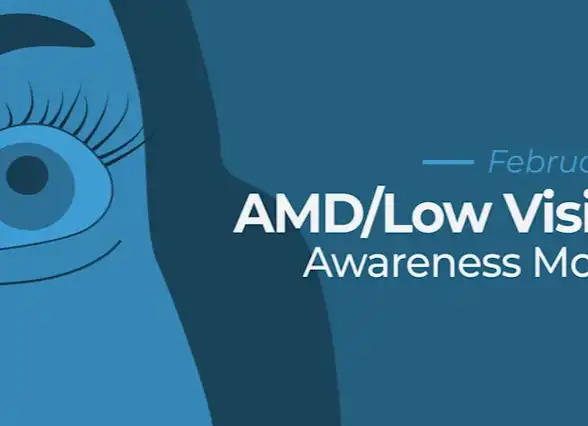
Helpful Highlights
Macular degeneration causes loss in the center of the field of vision.
Around one in every 200 people has age-related macular degeneration (AMD) at 60. By the age of 90, it affects one person in five.
There are two types of AMD and the cause is unknown, although there are many associated risk factors.
AMD is the leading cause of blindness among older Americans.
What it is
The macula is the light-sensitive tissue at the back of the eye, which is part of the retina. It controls sharp, straight-ahead (central) vision. Age-related macular degeneration (AMD) is an eye disease that blurs central vision (see images below). It happens when aging causes damage to the macula.
AMD does not cause complete blindness, just at the center point of the visual field. Losing central vision, however, can make it harder to see faces, read, drive, or do other close-up tasks like cooking or fixing things around the house.
AMD happens very slowly in some people and faster in others. In early AMD, vision loss may go unnoticed for a long time. This is one reason why your loved one should get regular eye exams.
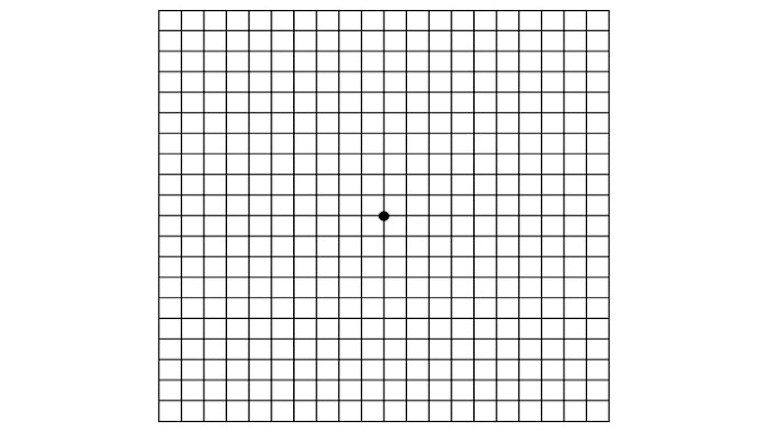
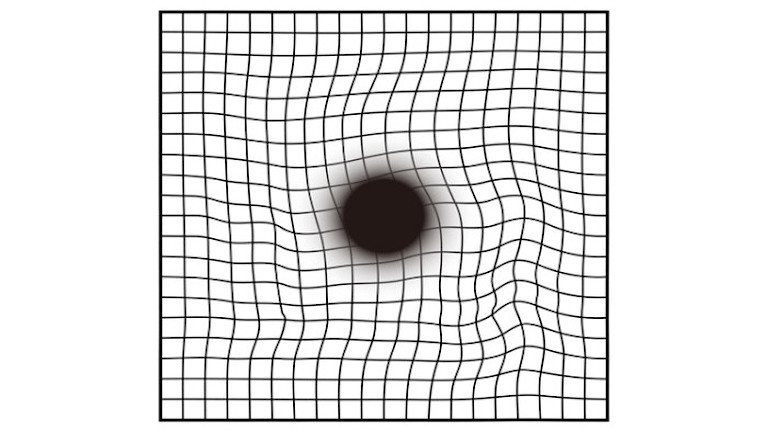
What causes it
The cause of AMD is unknown but there are many risk factors associated with its development.
Older age
Genetics (family history)
Smoking
Diet (high in saturated fat)
High cholesterol
High blood pressure
Race (Non-Hispanic Whites are most affected)
Gender (women live longer than men, so AMD diagnosis is higher in women)
Two types of AMD
WET
Wet AMD, also called advanced neovascular AMD, is a less common type of late AMD that usually causes faster vision loss, and can lead to severe and permanent vision loss. It develops when abnormal blood vessels grow in the back of the eye and damage the macula. These leak blood or fluid that leads to scarring of the macula and rapid loss of central vision. Any stage of dry AMD (see below) can turn into wet AMD, but wet AMD is always late stage. The good news is that there are treatment options available for wet AMD, such as injections and laser treatments.
DRY
Dry AMD, also called atrophic AMD, is the most common type. It is a gradual deterioration (thinning) of the macula as the retinal cells die off and are not renewed. Dry AMD happens in 3 stages: early, intermediate, and late. It usually progresses slowly over several years. There’s no treatment for late dry AMD, though your loved one can make the most of their remaining vision. Also, if they develop late dry AMD in only one eye, steps can be taken to protect the other eye.
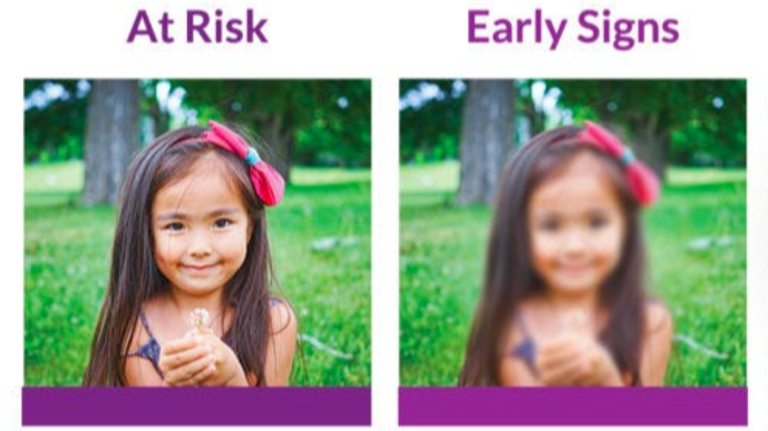
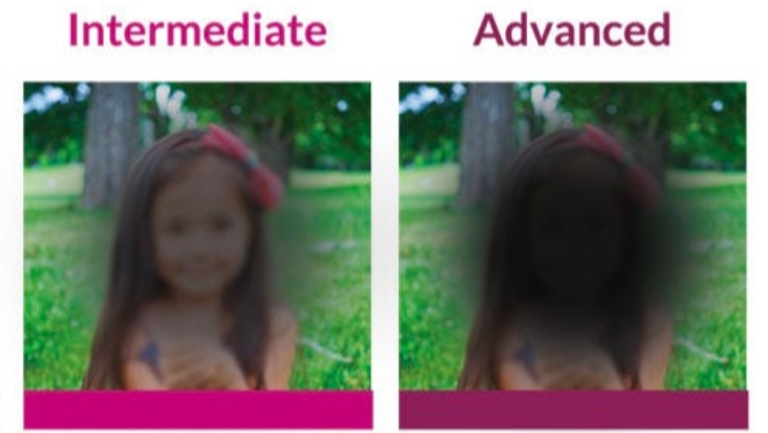
Symptoms
The symptoms of AMD depend on the type and the stage. AMD is a progressive disease (symptoms get worse over time).
Early dry AMD doesn’t cause any symptoms.
Intermediate dry AMD may still have no symptoms, or subtle symptoms that include mild central vision blurriness or trouble seeing in low lighting.
With late AMD (wet or dry type), straight lines start to look wavy or crooked.* There may also be a blurry area at or near the center of the visual field. Over time, this blurry area may get bigger or become blank spots. Colors may also seem less bright than before, and there may be increased difficulty seeing in low lighting.
*Note that straight lines looking wavy is a warning sign for late AMD. If your loved one has this symptom, take them to an optometrist or ophthalmologist right away.
Is AMD the same as low vision?
AMD is not the same as low vision, and while AMD can cause low vision, the two don't always occur together. Other causes of low vision include glaucoma, cataracts, and diabetes.
Low vision is a vision problem that cannot be corrected with conventional eyeglasses* or contact lenses, or fixed with medical or surgical treatments. Low vision makes it hard to do everyday activities.
*Specialized filter lenses can sometimes help.
What can I do to help?
Encourage your loved one to share their complete family history, including eye complications, with their eye care provider.
Ensure that your loved one is getting annual eye exams, even if they feel they have no problems.
Ensure that your loved one is getting annual wellness check-ups (physicals) with blood work that includes a cholesterol panel.
Help them find assistance to quit smoking. Talk to their provider.
Help them make good food choices (especially increasing green and leafy vegetables).
Help them get moving and get active.
Talk with their provider about how to get a daily intake of Vitamin C, Vitamin E, Beta-carotene, Zinc, and Copper.
Age-related disease studies found that getting combinations of these vitamins and minerals every day may slow the progression of AMD from the early or middle stages to the later stages, and reduce the risk of late AMD by 25%.
RESOURCES
American Academy of Ophthalmology - AMD
American Academy of Ophthalmology - Low Vision
National Eye Institute - Low Vision
No content in this app, regardless of date, should ever be used as a substitute for direct medical advice from your doctor or other qualified clinician.
Get more support and guidance on insurance benefits, medical records and legal forms.
Helpful brings together your insurance benefits, legal documents, and medical records in one personalized place — so you always know what you have, and never have to search again.
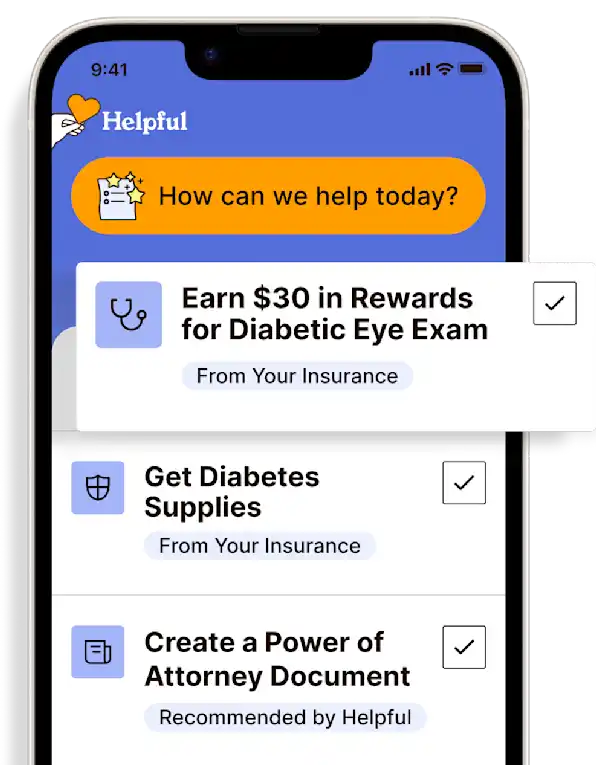
Technology for Health Tasks. Mental Health for the Tough Stuff.
Helpful connects your medical records, insurance, and caregiving tasks automatically. And when you need more than logistics, a therapist is here to guide you.
In-Network and Covered
For Individuals, Couples and Families
HIPAA Compliant, Data Stays Private
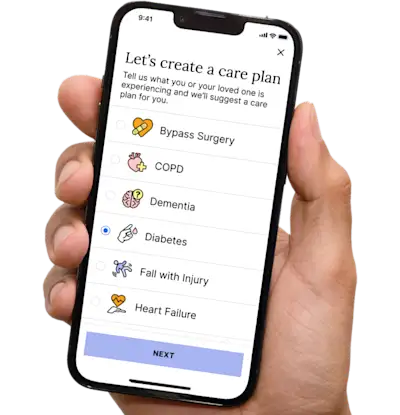

Healthcare Tasks Simplified

From syncing records to spotting drug interactions, Helpful does the heavy lifting, turning complex health info into clear tasks and showing you benefits you can actually use, giving you clarity and control over your care.

In-Network Mental Health

Our licensed therapists are here to support you and your loved ones through stress, burnout, and life’s hardest moments, with an inclusive, compassionate approach that works with most insurance plans.

Create Legal Documents

Plan ahead by creating will, trusts, advance directives and more, that ensure your wishes are honored in the event you can’t speak for yourself -with Helpful guiding you every step of the way.